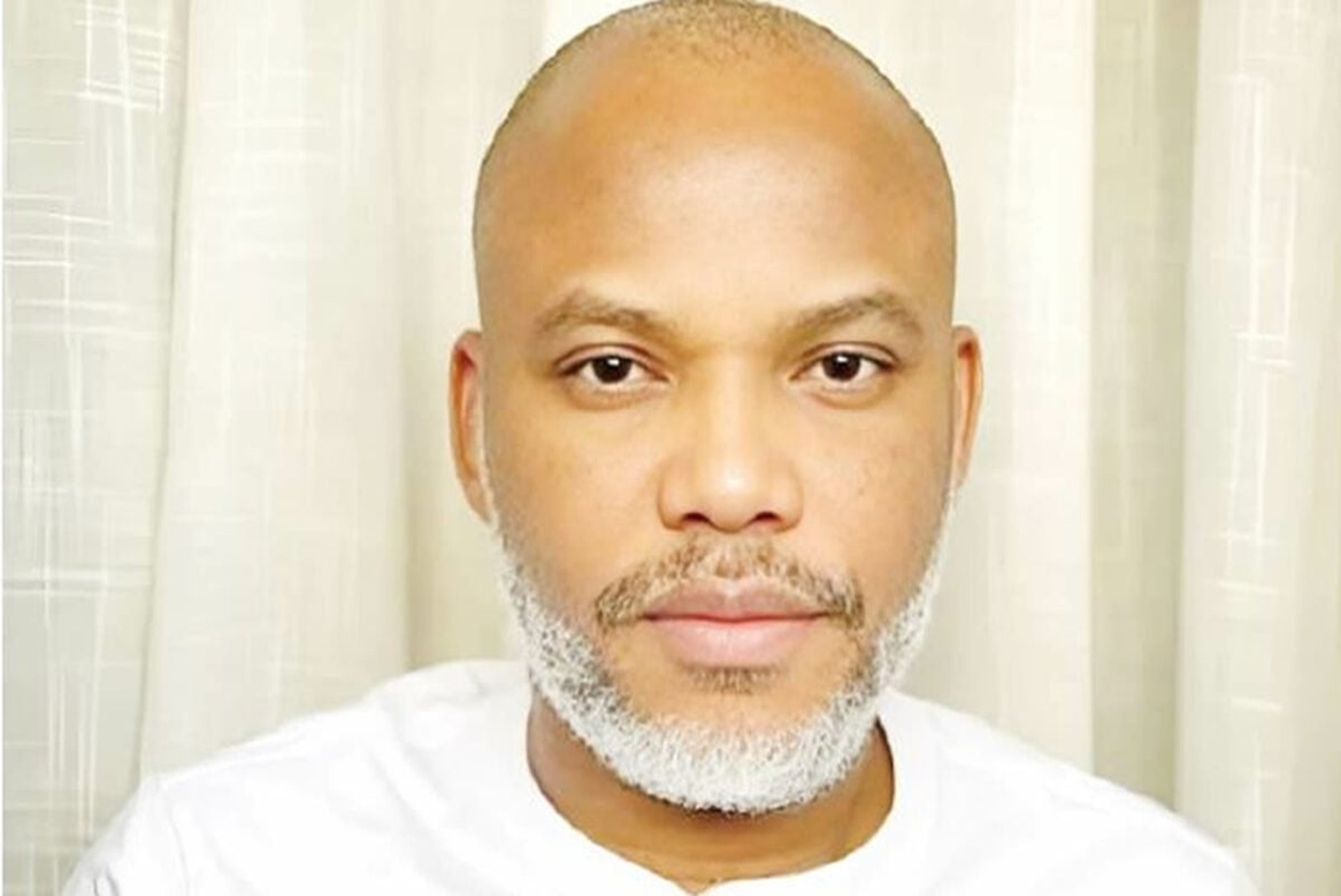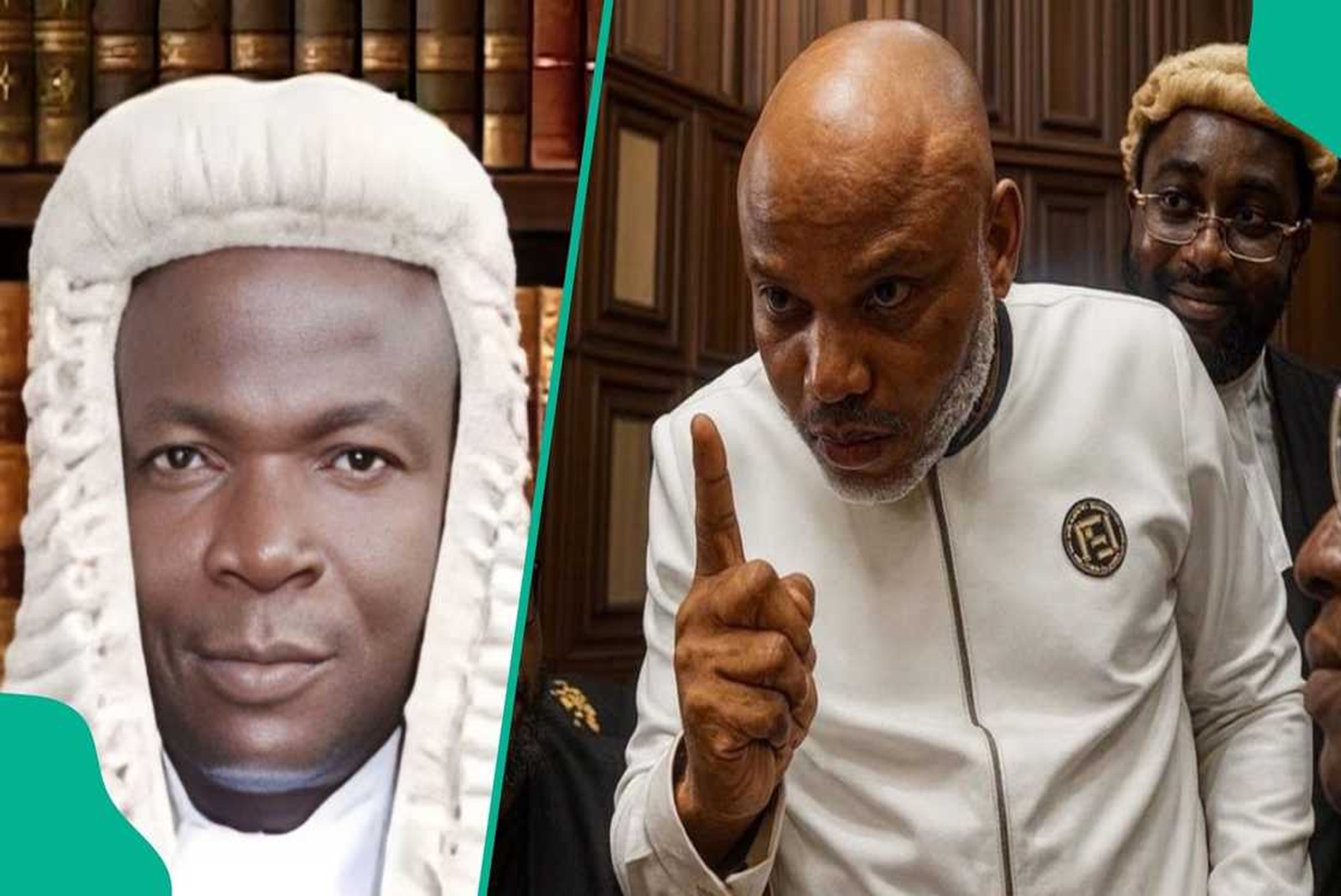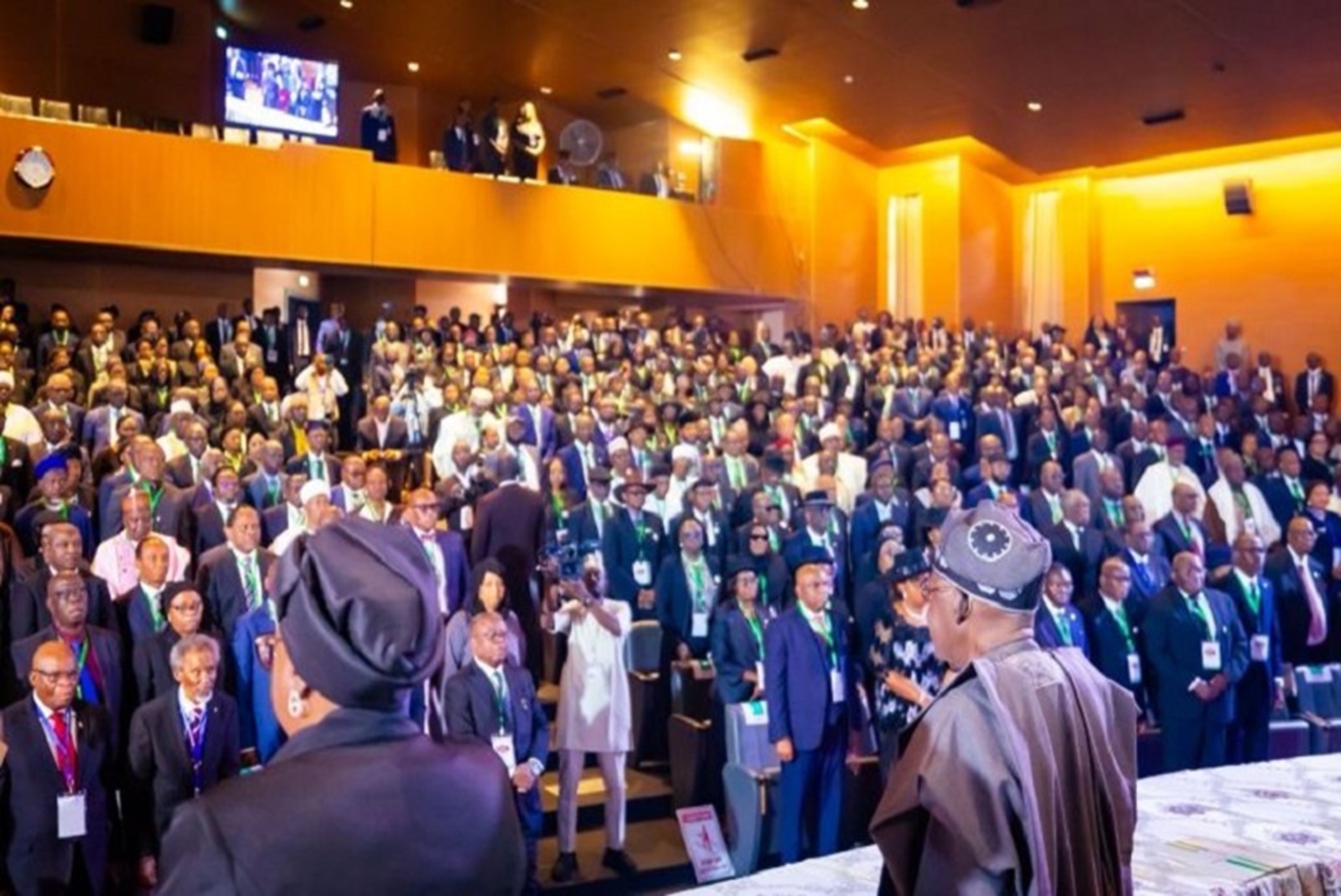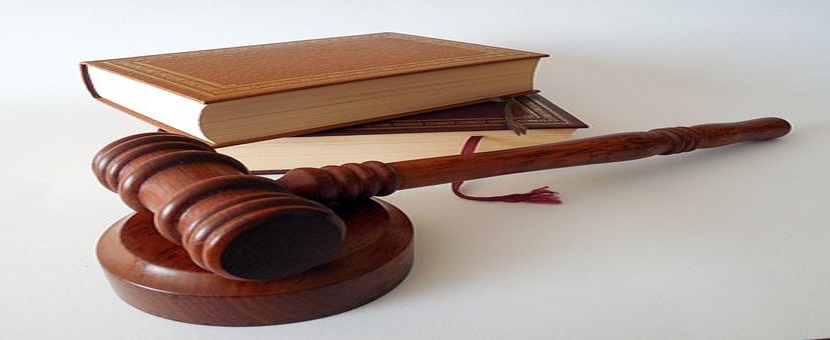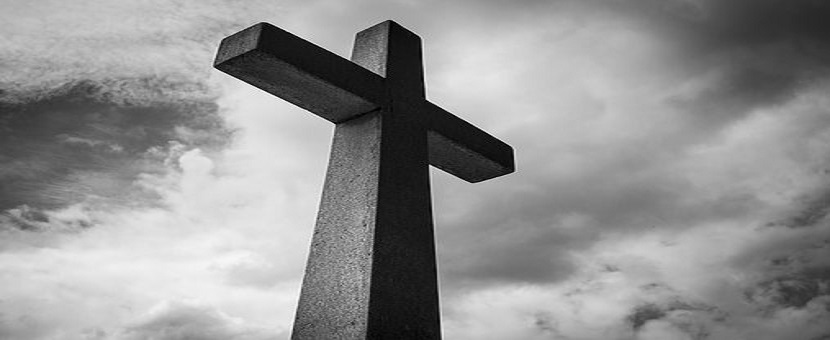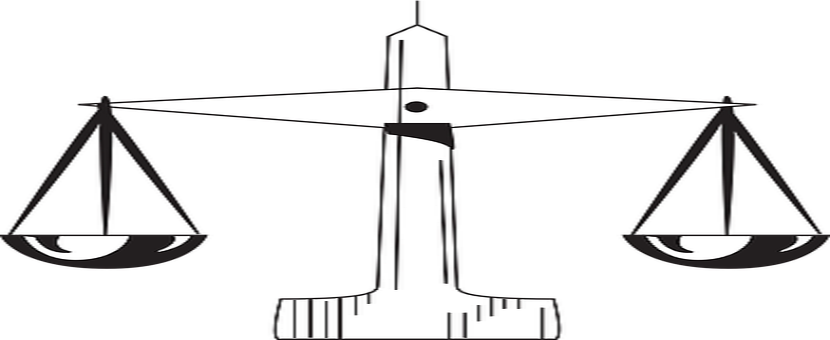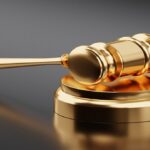Saraki v. FRN [2018] 16 NWLR (Pt. 1646) 405 at 462, paras. B-C, per Okoro, JSC:
“I need to emphasize that security agencies in this country must operate within the bounds of their calling. A situation where the EFCC and DSS took over the functions of the Code of Conduct Bureau leaves much to be desired. Although security agencies can collaborate in the performance of their functions, it makes nonsense of the law where the main agency entitled to act is sidelined only to be invited to testify. This is why the evidence of PW3 turns out to be hearsay both orally and documentary. Need I say more on this? A word they say is enough for the wise.”
Notes:
The facts of the above case are well known given the personality of the Appellant, who is the current President of the Senate of the Federal Republic of Nigeria and a two-term Governor of Kwara State.
The Appellant was arraigned on an eighteen-count charge before the Code of Conduct Tribunal (“the Tribunal). The counts ranged from allegations of false declaration of assets; purchasing property in excess of income/salary, maintaining domiciliary account, transfer of huge sums of money out of Nigeria, etc. The case of the Respondent borders on seven sworn asset declaration forms which the Appellant had submitted to the Code of Conduct Bureau (“the Bureau” or “CCB”) as a political office holder, and which upon investigation, a lot of infractions of the Code of Conduct for Public Officers were allegedly revealed.
At the trial and upon the close of the prosecution’s case, the Appellant entered a no case submission which was upheld by the Tribunal. Aggrieved, the Respondent appealed to the Court of Appeal which allowed the appeal in part as the no case submission was upheld only in respect of counts 1-3 and 7-18. The Appellant was ordered by the Court of Appeal to enter his defence with respect to counts 4, 5 and 6 all touching on alleged false assets declaration.
The Appellant appealed to the Supreme Court and the Respondent cross-appealed. The Supreme Court found merit in the Appellant’s appeal and unanimously allowed it while dismissing the cross-appeal. The apex Court was of the view that from the testimonies of the witnesses, the prosecution failed to make out a prima facie case against the Appellant and accordingly vacated the Judgment of the Court of Appeal regarding counts 4, 5 and 6. Interestingly, the Judgment of the Supreme Court was based on the concurrent finding of facts made by the Tribunal and the Court of Appeal regarding the lack of credibility of the testimonies of the prosecution’s witnesses. However, the problem was that while the Court of Appeal discountenanced the testimonies of the witnesses regarding counts 1-3 and 7-18, it appeared to find them credible with respect to counts 4, 5 and 6.
The Supreme Court expressed worries while disagreeing with the Court of Appeal. Hear Okoro, JSC:
“The question may be asked – where a court has adjudged a piece of evidence to be hearsay and inadmissible, can it turn around to use the same evidence against a party in the proceedings? Or can the said evidence be hearsay for some counts in a charge and not hearsay in another count where the truth of the matter is to be established?* I dare say that this is not possible. A piece of evidence is either hearsay or not for all the counts. The court cannot pick and choose which count the evidence can be hearsay and the other not hearsay.”
The witnesses called at the Tribunal were four in number, to wit: PW1, EFCC operative. PW2, staff of GTB Plc. PW3, staff of the Bureau. PW4, staff of GTB Plc.
Nweze, JSC in the leading Judgment, just like Okoro, JSC (as quoted above), gave good account of how the EFCC and DSS hijacked the functions of the Bureau to their detriment:
“Contrary to the legal provisions cited above**, other security agencies hijacked the functions of the CCB. It was after the conclusion of the investigative activities of the EFCC and DSS that a staff of the CCB was drafted into the process. PW3, the only staff of the CCB, who joined the team of EFCC and DSS after these agencies had concluded their investigations, paints the picture of how the CCB was supplanted in the investigative process…”
Eko, JSC also expressed his views thus:
“The moving force behind the Appellant’s prosecution appears to be EFCC. They acted in concert with the DSS. PW.3, an officer of the Bureau was merely used as a front to fulfill all righteousness. His evidence was a mere fiat accompli. He was drafted to the investigating “team” comprising both bodies, EFCC and DSS, after they had substantially concluded their investigations. It is for this reason that the lower court found at page 2326 of the records that apart from the PW.3’s testimony as to the workings of the Bureau and his visit to the properties the subject of counts 4, 5 and 6 – all other evidence given by PW.3 was (mere) reeling out from the documents (brought forth from) investigation conducted by the EFCC, the exhibits his did not prepare. It is on this basis the lower Court dismissed as hearsay, the evidence of PW.3″.
The above observations of the Supreme Court were clearly borne out of the testimony of PW3 (who is, more or less, the Respondent’s star witness) who testified that the contents of his Affidavit evidence were based on the information given to him by members of the investigative team of the EFCC and DSS. And that he joined the team after the conclusion of investigation. He also made some serious remarks that goes to show his lack of first-hand knowledge or even any knowledge at all of the basis of the investigation of the Appellant. He even confirmed that he visited some of the properties cited in the charge but that he did so during the trial proceedings.
Sadly, it is safe to conclude that the apparent over-zealousness of the EFCC and DSS had cost the authorities the opportunity to have the Appellant tried on the merits of the allegations. It is only hoped that the lessons are learnt. As the Supreme Court advised, our law enforcement agencies must learn to collaborate properly and more intelligently too.
*The position of the law as upheld by the Supreme Court is that evidence of a statement made to a witness by a person who is not himself called as a witness may or may not be hearsay. It is hearsay and inadmissible when the object of the evidence is to establish the truth of what is contained in the statement. It is not hearsay and is admissible when it is proposed to establish by the evidence, not the truth of the statement, but the fact that it was made.
**Paragraphs 11(1)(2) and Paragraph 12 of the Part I, 5th Schedule to the 1999 Constitution establishing the authority of the Bureau to verify assets of public officers.


